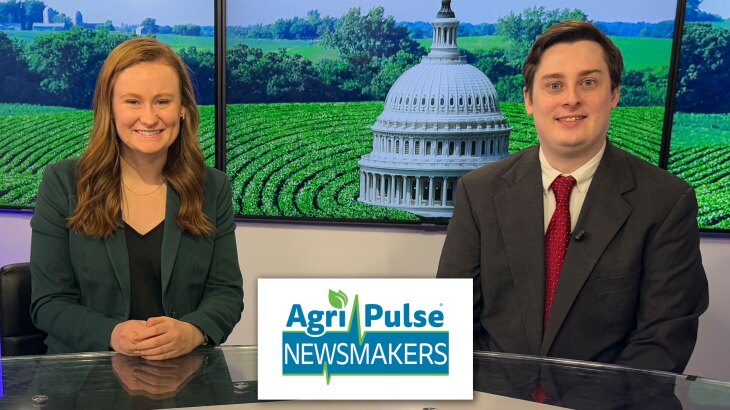The demand for agricultural products like corn, soybeans and animal fats used to produce biofuel is driving up the prices of edible oils to historic levels, according to new data released by the U.S. Dept. of Agriculture’s Economic Research Service (USDA ERS) as well as data from the U.S. Department of Energy’s Energy Information Administration on Oct. 19, 2023.
According to the USDA, the U.S. produces and consumes renewable energy sourced from agriculture and forestlands “on a commercial scale that impacts energy markets.” In 2022, U.S. ethanol production totaled about 15.4 billion gallons and combined biodiesel/renewable diesel production totaled about 3.1 billion gallons.
The new dataset, U.S. Bioenergy Statistics, combines different data sources to create a value-added product whose statistics highlight the biofuel-based demand for agricultural feedstocks. Significant biofuels include ethanol (made mostly from corn), biodiesel, and renewable diesel (which are made from vegetable oils as well as animal fats, waste oils, and greases).
According to the data collected from 2000 through the year 2021, as demand for biofuels increases over time, so does the price per pound for all types of edible oils in the set, which include plant-based oils like canola, corn, soybean, and sunflower oil as well as animal fats like lard and tallow.
Here is a look at how the price (in cents) per pound for these edible oils has changed over the last 21 years:
Canola Oil
2000: 17.6 cents per pound
2021: 85 cents/lb.
% change: 383% increase
Corn Oil (edible)
2000: 13.5 cents/lb.
2021: 58 cents/lb.
% change: 329.6% increase
Soybean Oil
2000: 14.1 cents/lb.
2021: 68 cents/lb.
% change: 382.2% increase
Lard
2000: 748 cents/lb.
2021: 1065 cents/lb.
% change: 42.4% increase
Tallow
2000: 12.3 cents/lb.
2021: 63.3 cents/lb.
% change: 414.6% increase













